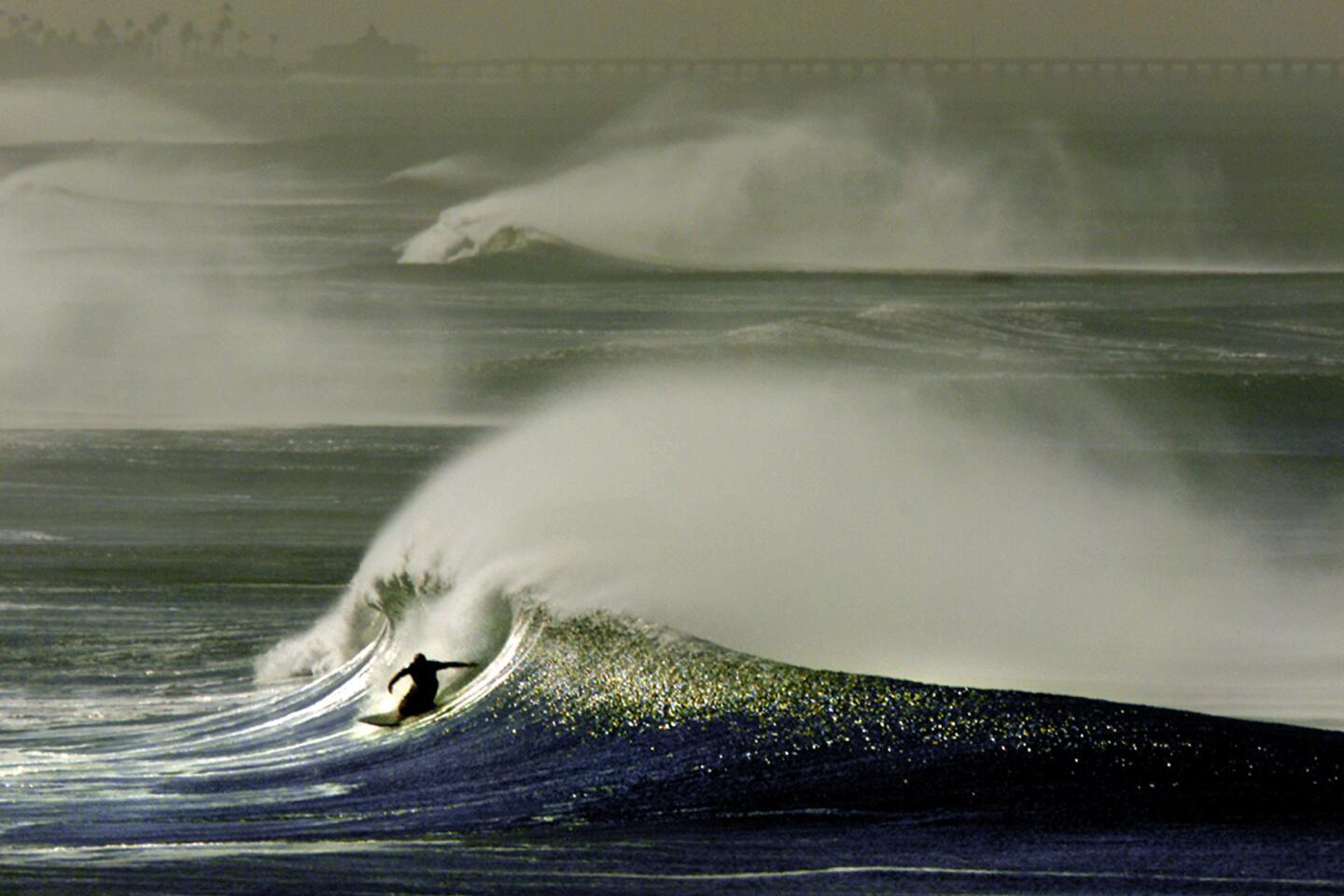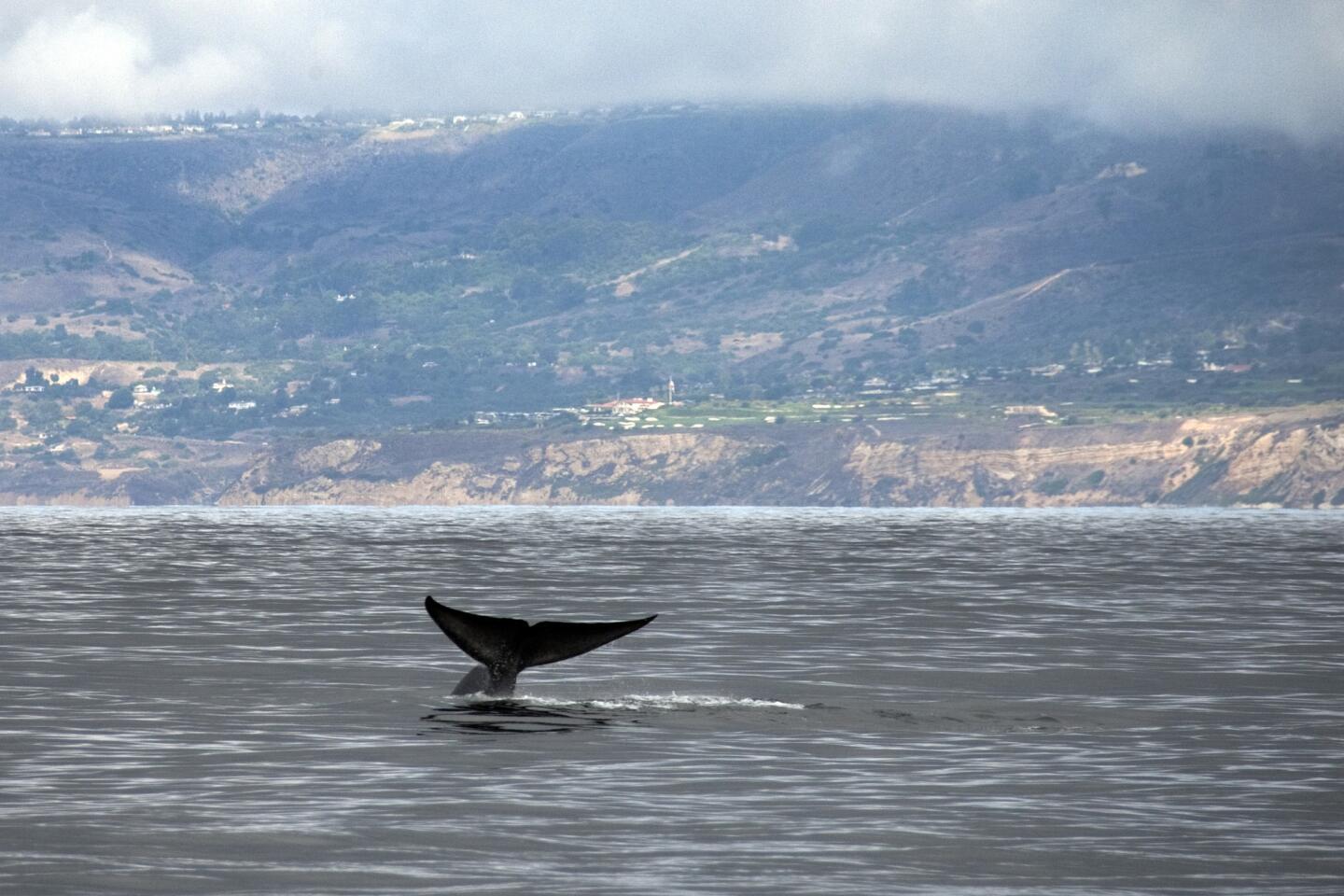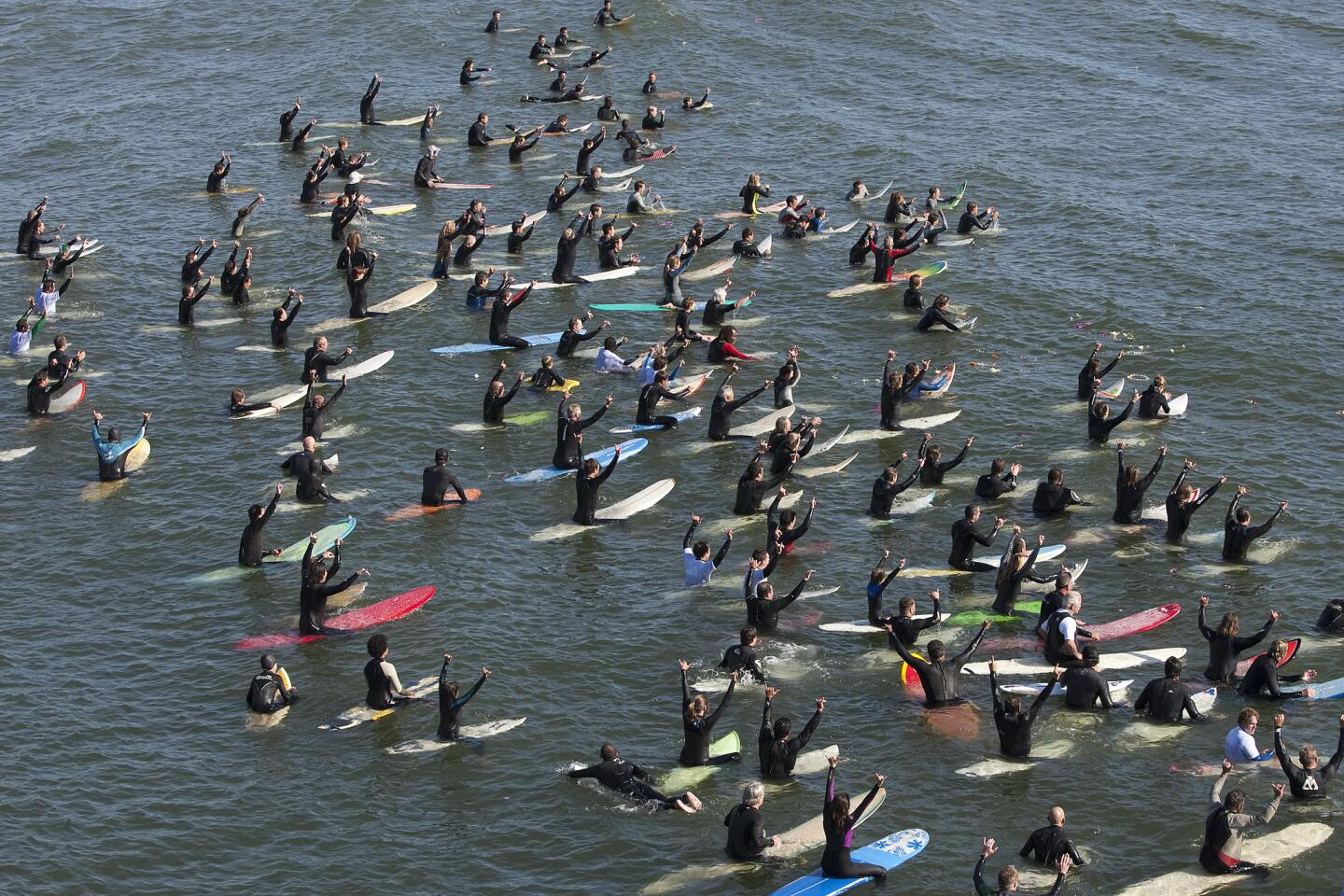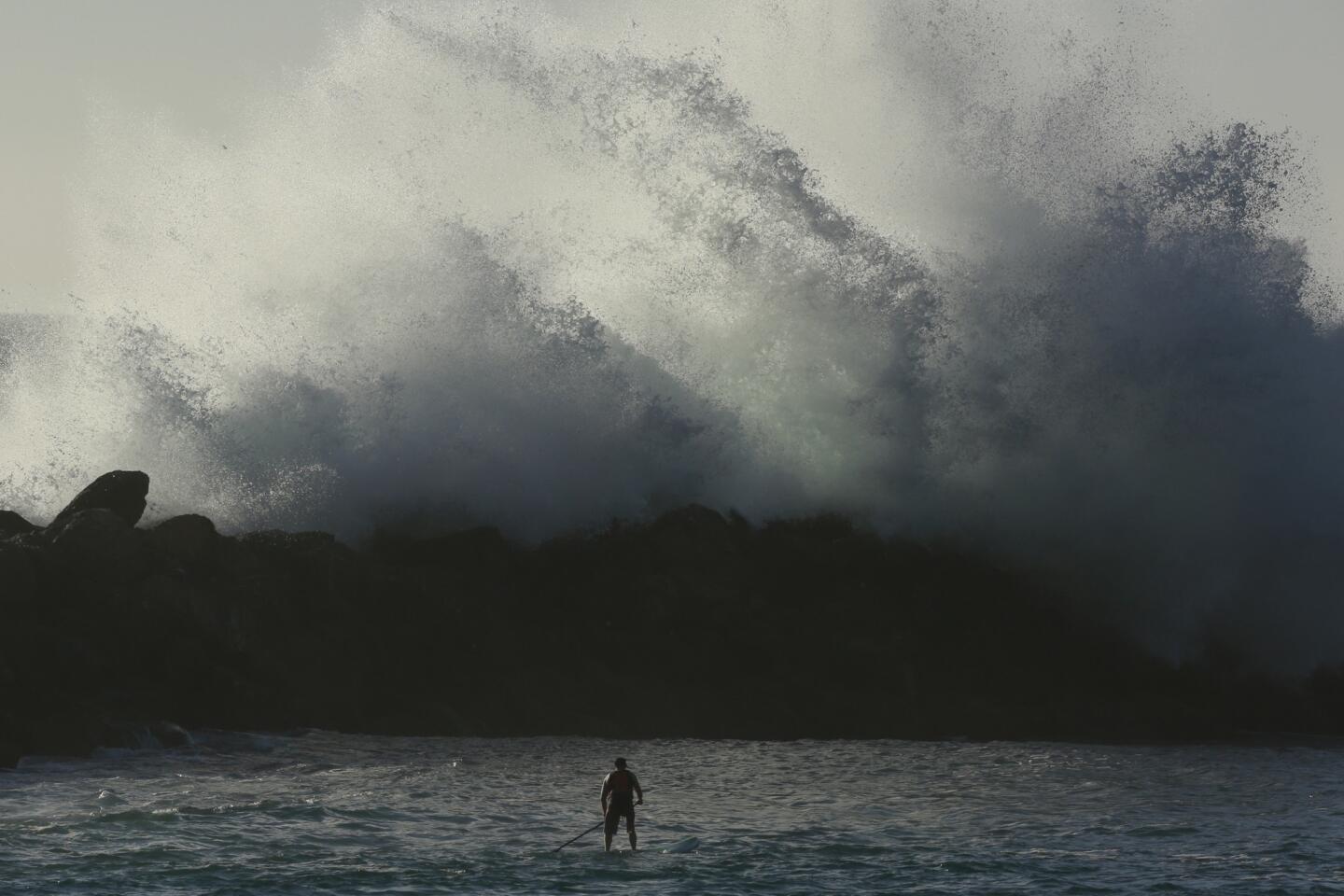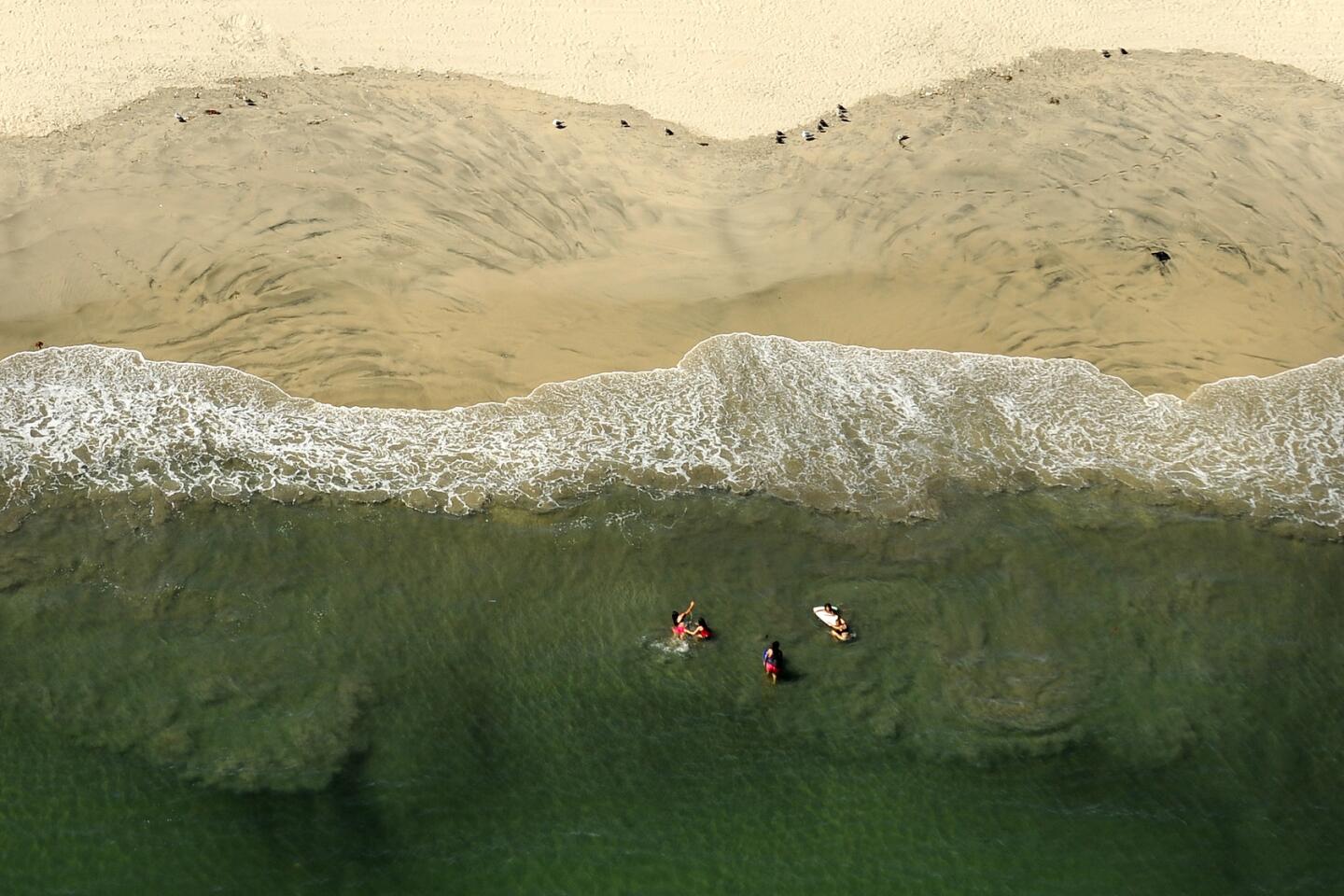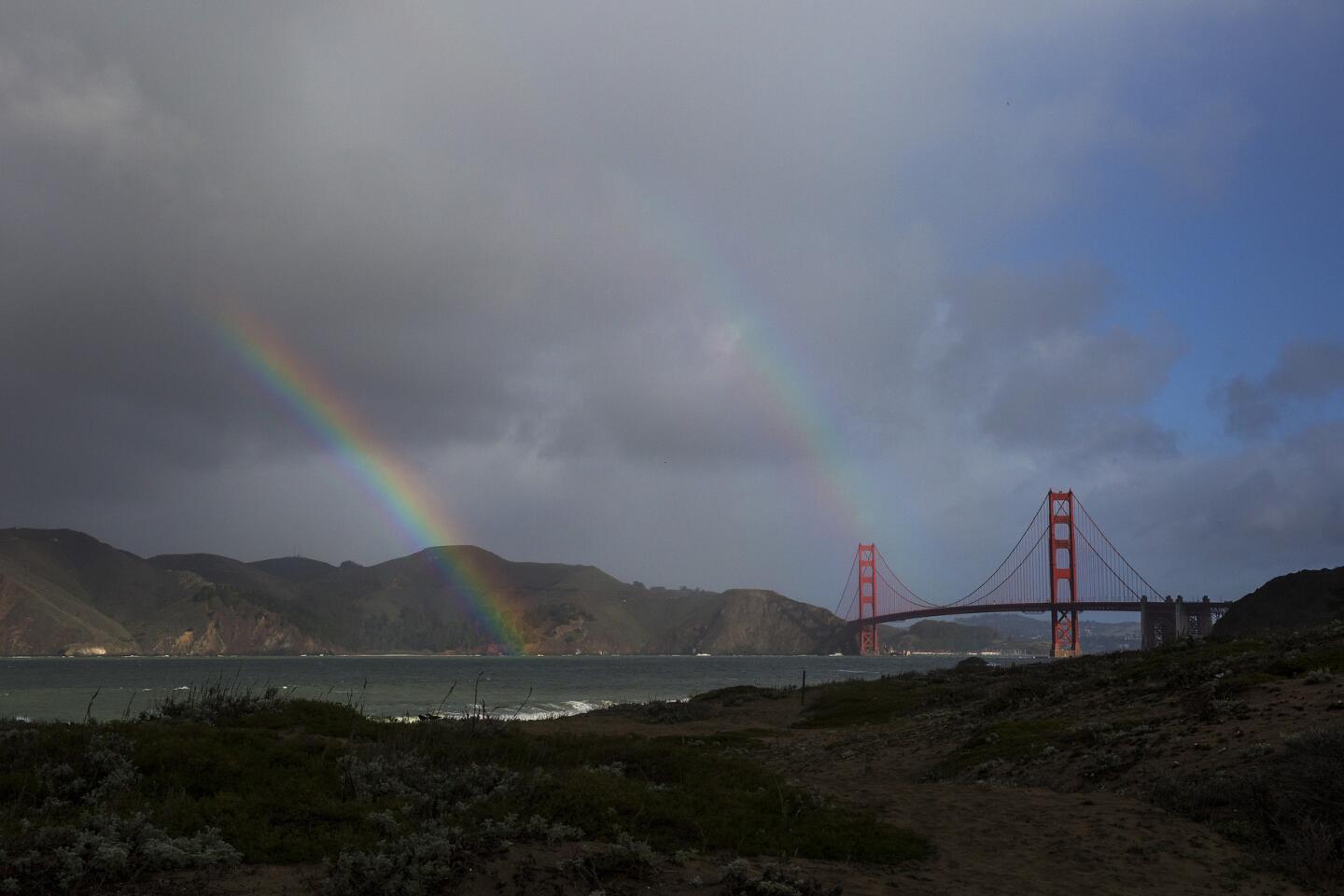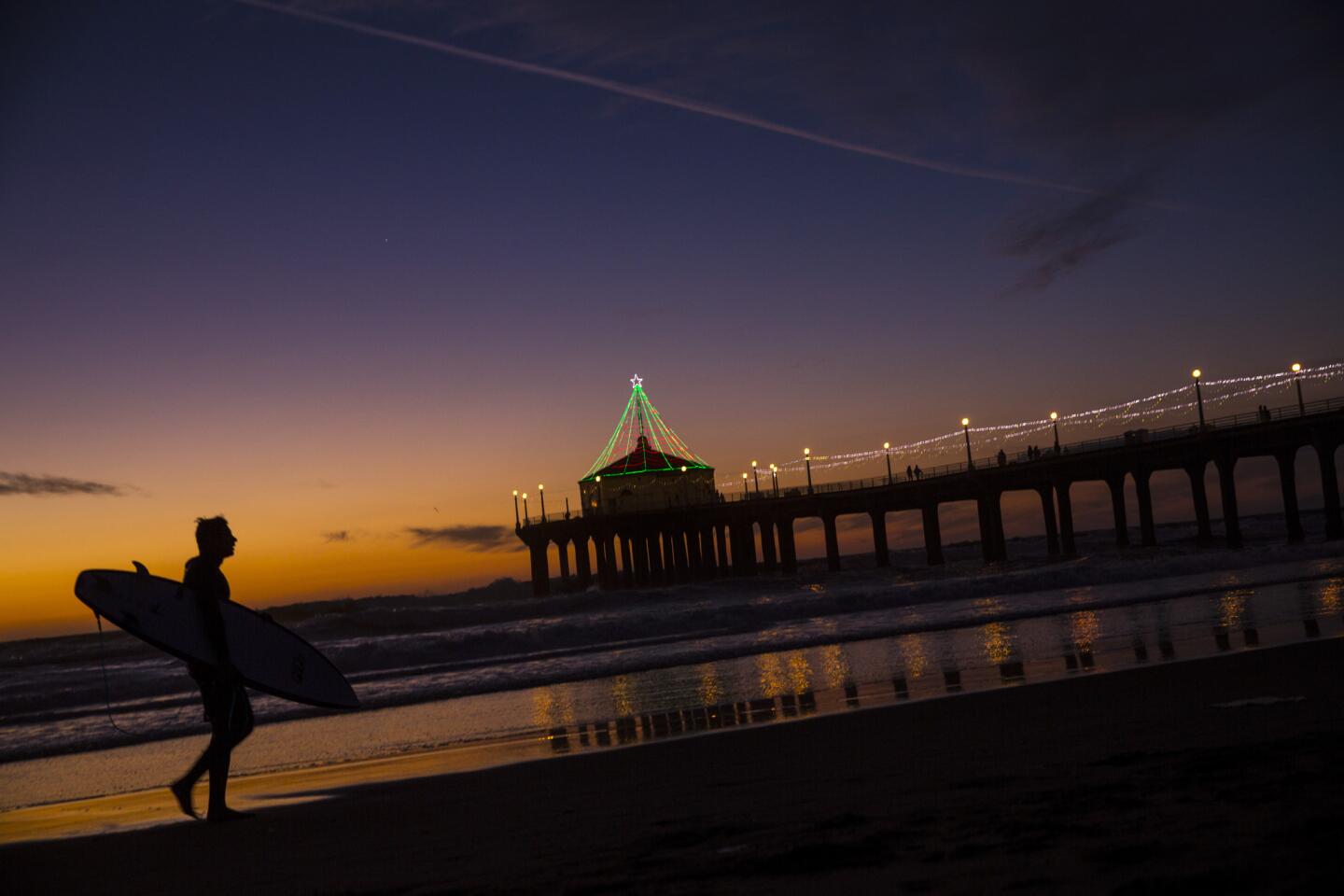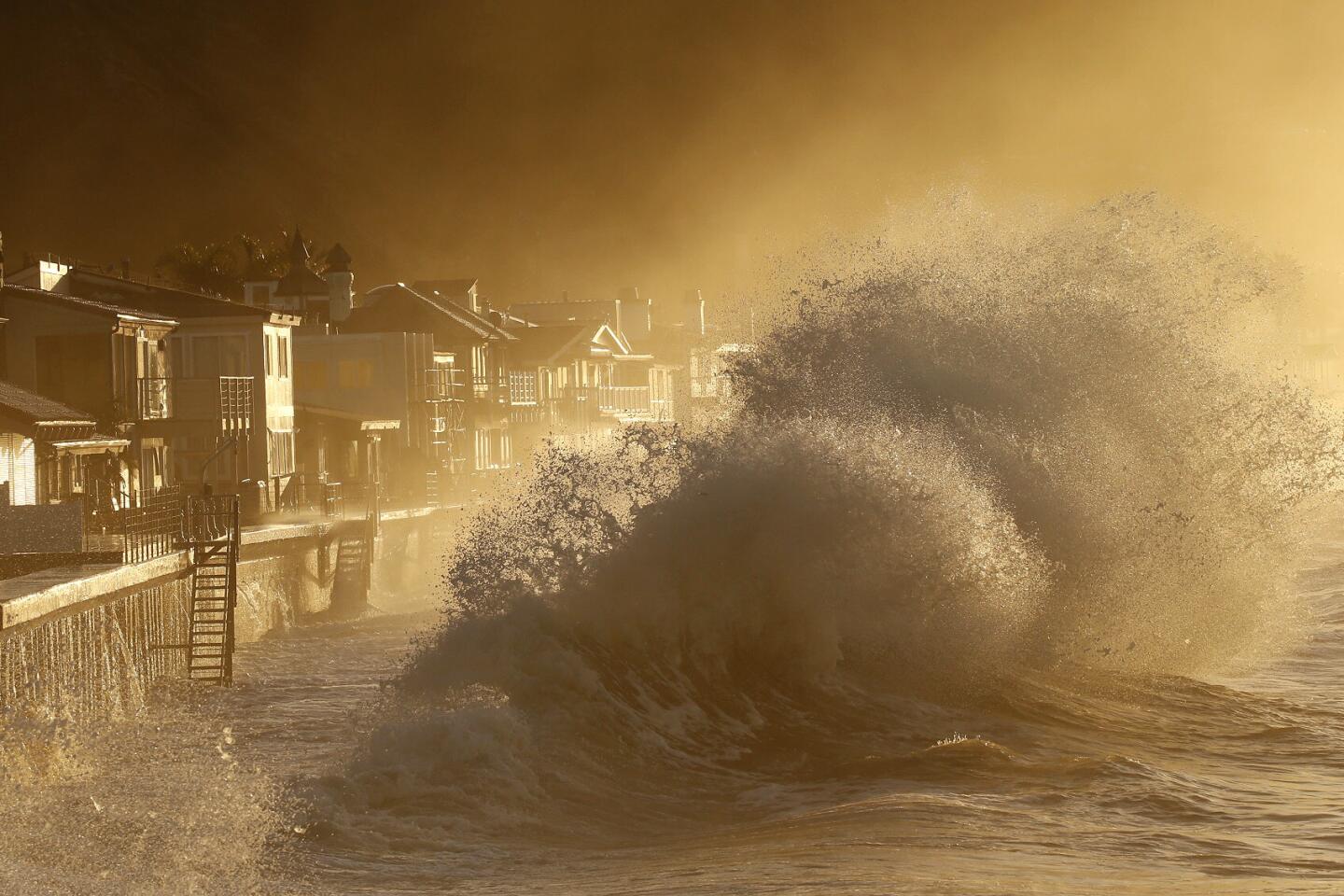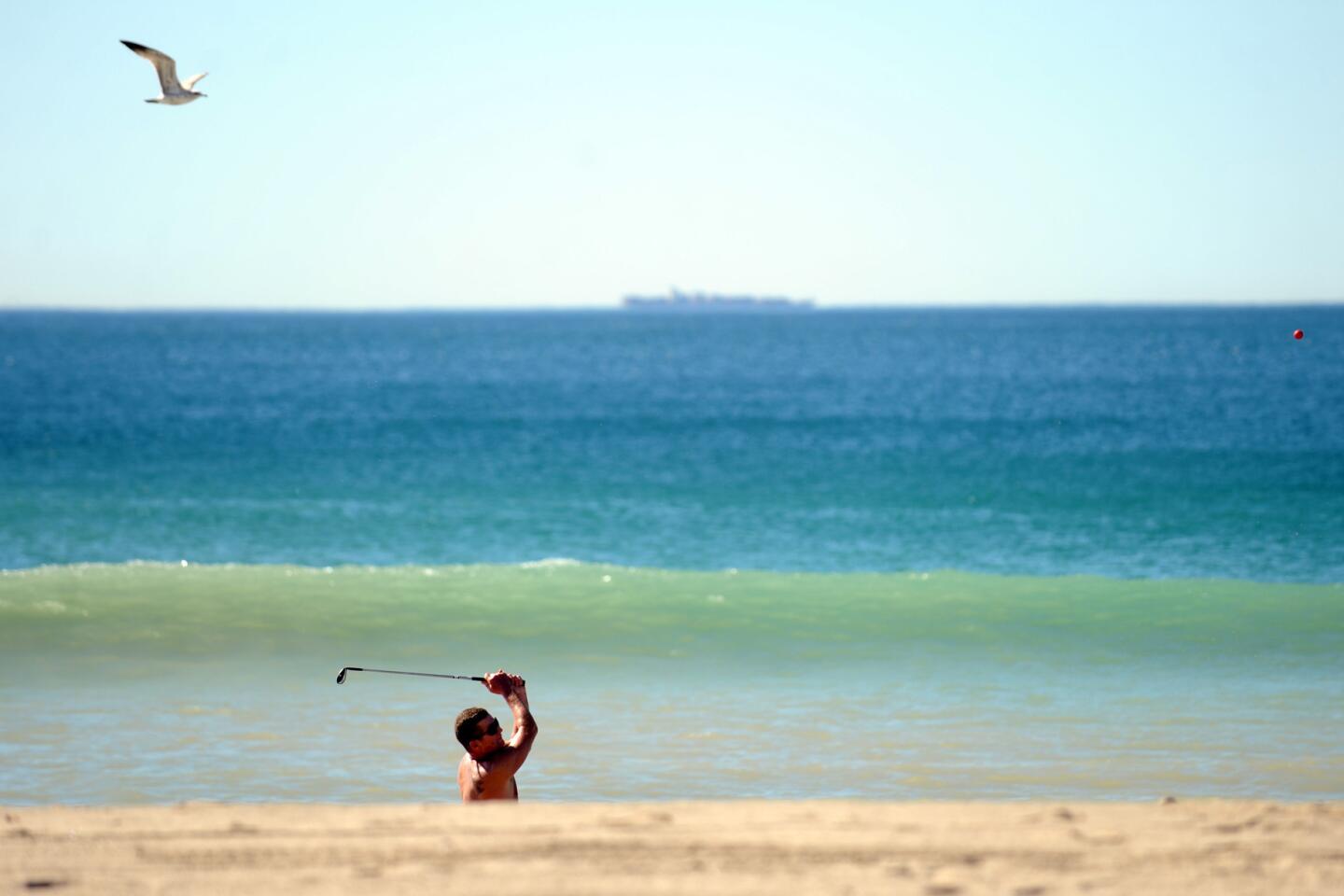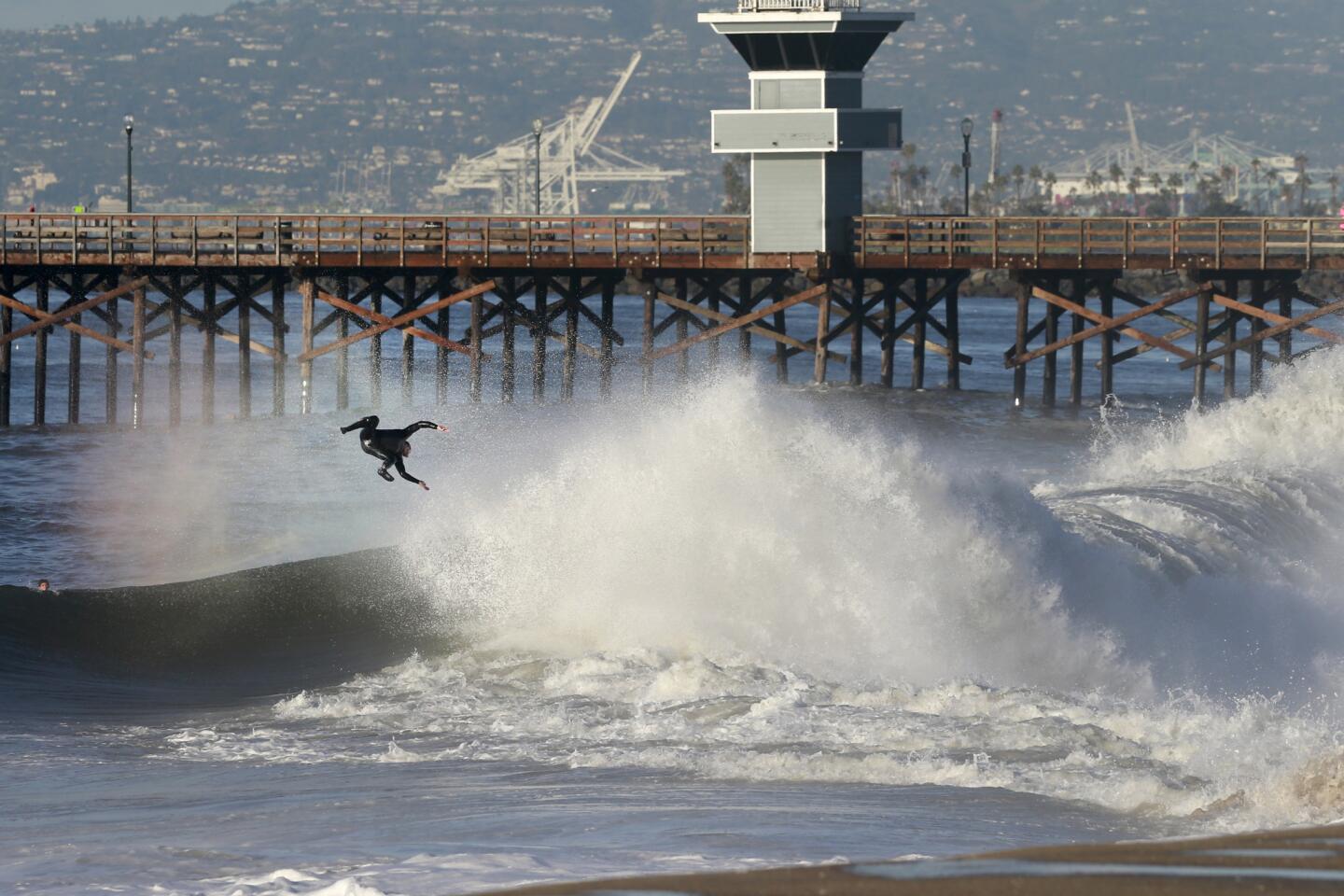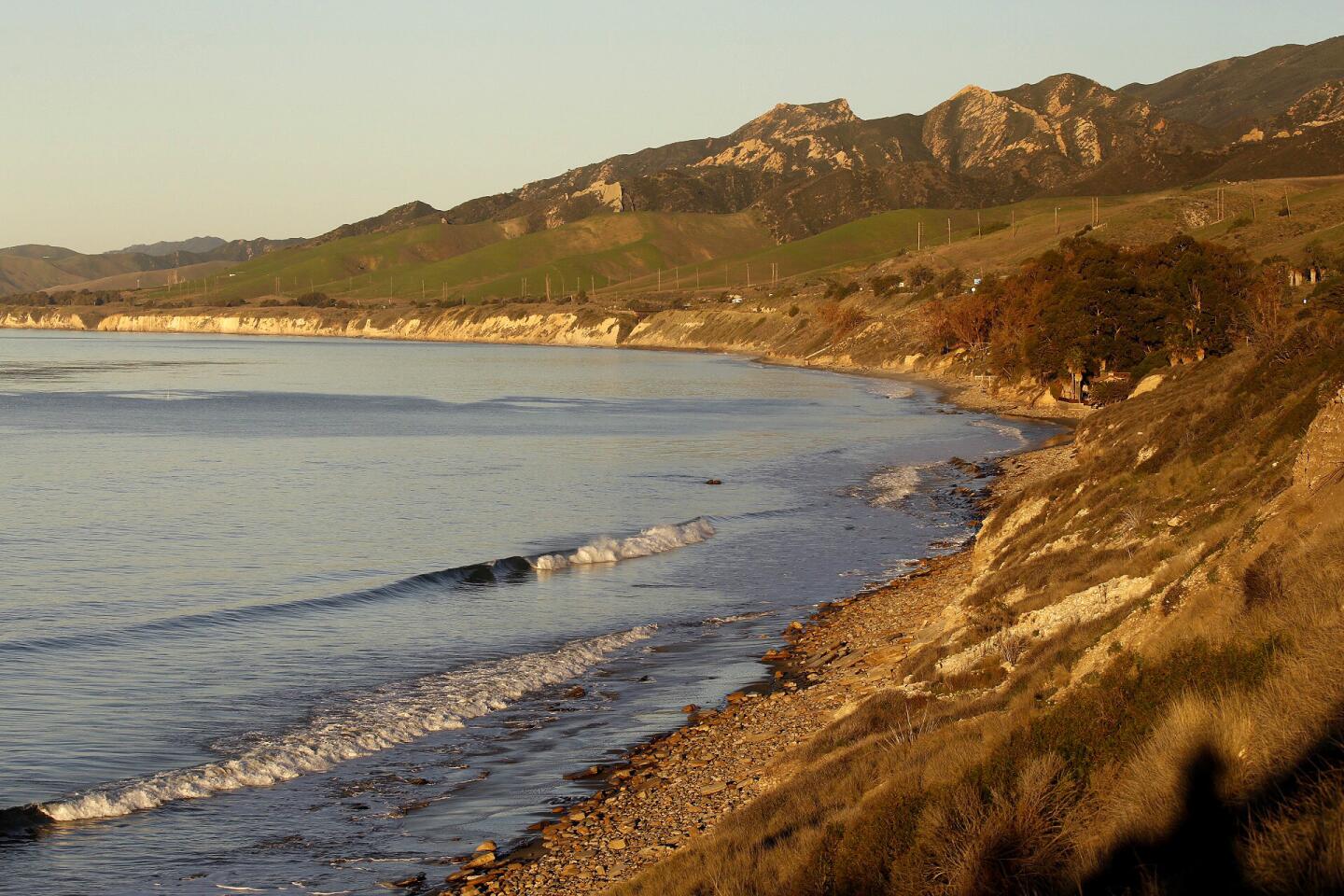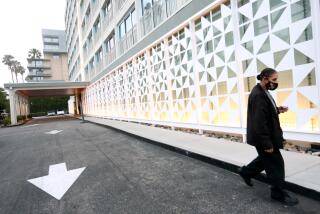Column: The pristine beauty of California’s coast shouldn’t be for the few
I’m sitting on a beach in San Simeon as blue surf cracks before me and wispy clouds drift overhead like sea smoke.
I’m wondering how to do justice to what I see.
But it’s a fool’s errand. Mere words don’t measure up when you try to describe the California coast.
Maybe this dripping wet, freckled surfer who just washed ashore can help me.
What’s your name, kid?
Liam Taylor, he says. Seventeen years old, and he’s lived in Cambria his whole life.
Does it ever get old? I ask him. Living in such a beautiful place?
“You know what?” he says, seawater dripping from red coils of hair. “I appreciate it every day. Every morning before school I go surfing at Pico Creek.”
Every morning?
Yes, he says, and after school, he surfs at the beach he’s on now, just south of Pico Creek.
But it’s the morning ritual, about 6 a.m. each day, that seems to get him stoked.
“I’m driving out and I see the moon, the sunrise, the mountains,” he says. “Everything is so beautiful.”
I point north and ask Liam if he knows that in 1998, just before he was born, a proposal to develop the land beneath Hearst Castle would have transformed this dramatic stretch of the coast.
San Luis Obispo County supervisors and Hearst Corp. had sought to ease development restrictions and make way for a mega-resort, ocean side golf course and four-lane highway, among other atrocities.
No, says Liam. He looks toward the imaginary resort. He was not aware.
“I can’t see how anyone would destroy this,” says the lad.

Surfer Liam Taylor, 17, wants the beaches near San Simeon protected.
No one did, because the California Coastal Commission, which has regulated development along 1,100 miles of beaches, cliffs and shoreline wetlands for 40 years, rejected any massive developments on that stretch.
That milestone decision was one of hundreds of big and small decisions made by the commission, and those, taken as a whole, are why we still have a coastline open to virtually anyone from anywhere on earth instead of just rich people.
Today, just down the road in Morro Bay, the commission is scheduled to make another big decision.
At stake this time is the job of Executive Director Charles Lester, who has been targeted for possible dismissal by a commission faction that includes Gov. Jerry Brown’s appointees.
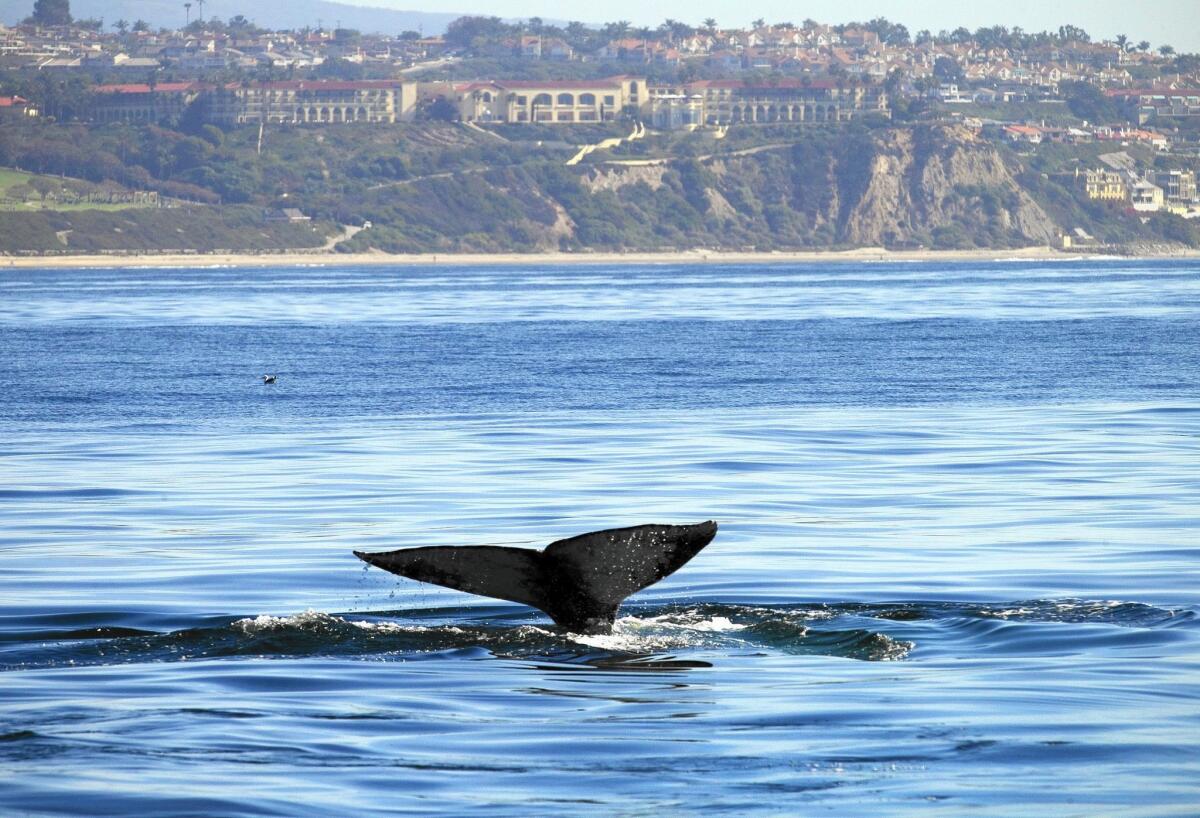
The California Coastal Commission has regulated development along 1,100 miles of beaches, cliffs and shoreline wetlands for 40 years.
The governor and leaders of the Senate and Assembly each control four commission seats. These 12 voting commissioners oversee and decide upon recommendations from a staff led by Lester.
One commissioner told me Lester’s job is on the line because his work is disappointing.
I was unimpressed by the commissioner’s response when I asked for specifics.
Environmental and community groups are convinced the Lester coup is about something else.
They say the charge is led by commissioners increasingly sympathetic to development interests and their powerful lobbyists.
At last report, 35 former commissioners have stepped up in support of Lester, who has served since 2011 and is described as a conscientious and fair enforcer of the Coastal Act.
More than 20,000 emails and letters of support have also been sent to the agency.
So if the commissioners decide to dump Lester on Wednesday, they owe Californians and anyone who has or hopes to visit our coast an explanation.
If the whole world isn’t watching, it should be. And if the commissioners think they can shrug through the anticipated flood of public comments at the hearing and then retreat into cowardly closed session, sign his walking papers and slip out the back door … well, I suspect that they won’t be able to hide for long.
People are getting fed up with the lack of transparency in the way the commission does business.
See more of our top stories on Facebook >>
Consultants representing developers don’t have to register as lobbyists or reveal what they’re paid. And critics, including former commissioners, say those consultants are way too cozy with the commissioners, who vote on their projects.
For their part, commissioners often do not provide detailed descriptions of their communications with lobbyists and project backers.
All of that information should be posted and available to the public. These public servants should have no secrets from those they serve.
I’ve been trying for days to ask commissioner Mark Vargas about his meeting in Ireland last fall with David Evans and his wife, prior to the commission’s unanimous approval of the U2 guitarist’s odious five-mansion development in Malibu.
Vargas officially reported that he’d taken a meeting, as required by commission rules, but I’m curious to know why the meeting was initiated — in Ireland — by Susan McCabe, one of California’s most powerful lobbyists.
The only thing Vargas reported was that Evans — aka “the Edge” — and his wife told him “the project has become much better over the years that they have been working to address Coastal Commission staff concerns.”
I hope Vargas at least got to catch a U2 concert. But he has not returned my calls.
On the subject of eyebrow-raising activities by commissioners, if you happened to miss the Coastal Commission story Tuesday by the Times’ Dan Weikel and Tony Barboza, allow me to recap my favorite part:
Coastal Commissioner Dayna Bochco co-hosted a Nov. 18 fundraiser for Assemblyman Anthony Rendon (D-Lakewood) — who will soon be speaker and control four appointments to the Coastal Commission.
The soiree was attended by other commissioners and consultants, including McCabe, whose website lists dozens of clients with business before the Coastal Commission.
None of this is illegal, but it isn’t exactly healthy, either.
That’s a lot of juice in one room, and too many chances down the road for connections and political donations and favors to get in the way of protecting the interests of the public — the public that doesn’t have such easy access to all that money and power.
Speaking of the public, and the nonnegotiable right of access to our state’s greatest resource, let’s go back to the beach.
On a little highway cutout in San Simeon, I meet a lovely couple from Woodland Hills. Retirees Glenn and Marian Jagiello, who honeymooned on this stretch in April of 1979, tell me they’ve come back just about every year since.
“I was just saying to her, ‘This land is your land, this land is my land,’” says Glenn, who appreciates that such a natural treasure has been preserved for people to visit and enjoy, regardless of their income.
Waves crash against rocks, inventing new colors. Green hills slope down to the edge of the continent. A balm of salted air travels through to the soul.
This must be kept “as pristine as possible,” Glenn tells me. He takes it all in once more and says:
“Who wouldn’t be charged by this?”
Twitter: @LATstevelopez
ALSO
A tech hub rises in Playa Vista
San Diego voters will decide on a minimum wage increase
When it comes to saving water, Southern Californians are tapped out — or are they?
More to Read
Start your day right
Sign up for Essential California for news, features and recommendations from the L.A. Times and beyond in your inbox six days a week.
You may occasionally receive promotional content from the Los Angeles Times.
